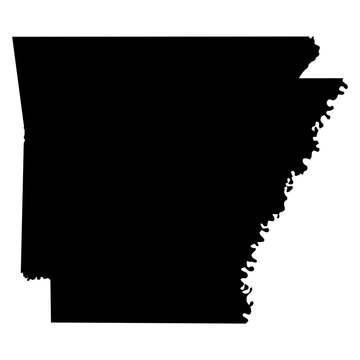Native American Heritage Month

-
American Mosaic: The American Indian ExperienceExplore by time periods and look at primary sources.
-
National Museum of the American IndianDirect link to Smithsonian resource on this museum.
-
Native American Heritage MonthOfficial Native American Heritage Month website.
-
Native Land DigitalFind out which Indigenous lands you live on.
-
Sequoyah Research Center: Native American ArchivesThe digital library offers texts from Native American writers, included first-hand accounts of the Trail of Tears.
Get Started

Explore non-fiction books on the history, culture, and traditions of indigenous peoples.

Explore fiction books by indigenous authors.

Explore the online eBook collection of writings on and about indigenous peoples.

Learn about Arkansas Indigenous tribes and their history.
What is Native American Heritage Month?
"Native American Heritage Month was first declared by President George H.W. Bush in 1990. Though the initial resolution did not automatically renew, every November from 1994 onwards has been declared Native American Heritage Month. During this time, Native American advocacy organizations and the United States government work to preserve Native American culture for future generations. They educate students and adults about Native American history, particularly the important contributions Native Americans have made to the United States.
The month is also meant to educate people about the struggles faced by Native Americans, both in modern times and throughout history. This includes the elevated rates of violence and substance abuse on many Native American reservations . It also includes the complex history between the Native American tribes and the United States government."
Biscontini, Tyler. “Native American Heritage Month.” Salem Press Encyclopedia, June 2022. EBSCOhost, research.ebsco.com/linkprocessor/plink?id=7c0d40a7-c3e2-31f0-a55c-b6b14c035201.
Credits

This work by Northwest Arkansas Community College, Pauline Whitaker Library is licensed under a Creative Commons Attribution-ShareAlike 4.0 International License.
- Last Updated: Nov 13, 2025 3:30 PM
- URL: https://library.nwacc.edu/nativeheritage
- Print Page
